Bans and safety rules rarely arrive with flashing lights. They show up in law books, news briefs, and manufacturer notices, while the products themselves keep sitting in cupboards, garages, and linen closets. Many older household staples are now restricted or outright banned from sale in parts of the United States, usually because of fire risks, hidden toxins, or child safety hazards. That leaves a strange gap between what feels normal at home and what regulators consider too risky to sell today.
Mercury Fever Thermometers

The slim glass thermometer in an old bathroom kit looks harmless, but the silver line inside is liquid mercury. If it breaks on a hard floor or rug, that metal can bead up, evaporate, and linger in indoor air and dust. Several states have pushed these thermometers off store shelves in favor of digital models that carry no toxic core. Many families still keep them by habit, unaware that a single drop can turn cleanup into a hazmat chore instead of a quick sweep.
Lead Based Paint Around Windows And Trim
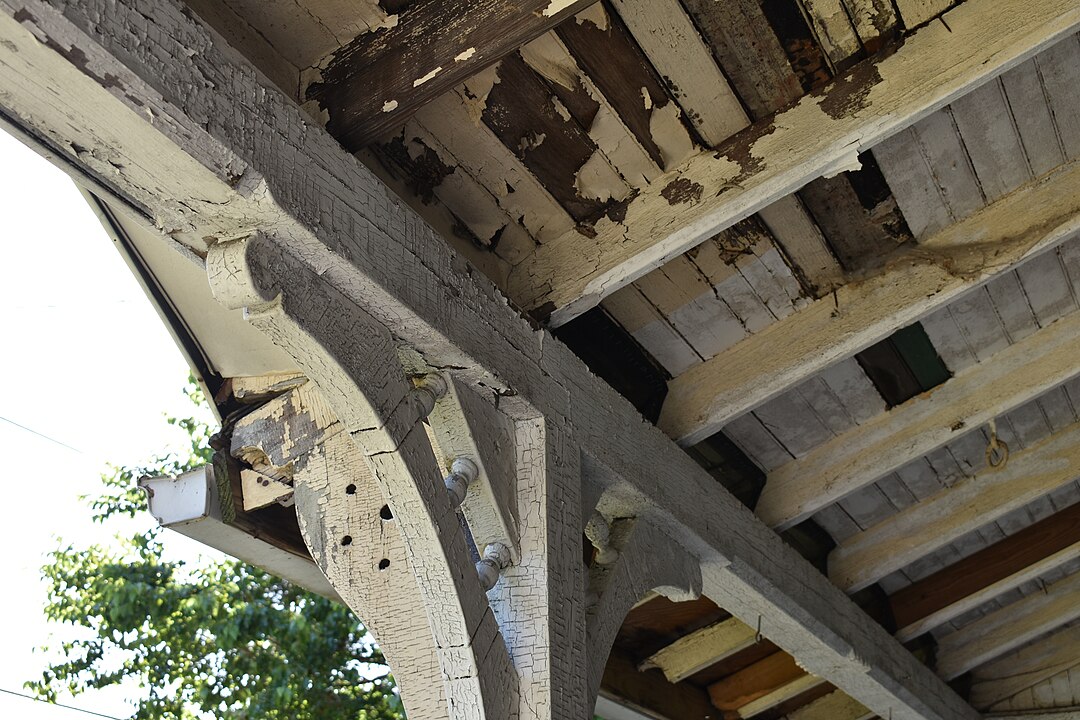
Lead based paint has been banned in new residential use for decades, yet millions of older homes still wear it under fresher coats. When sash windows grind, doors rub, or renovations scrape through layers, fine dust and chips fall onto sills and floors. Small children are most at risk, since they play on the ground and put hands in mouths. What once passed as a durable, premium finish has turned into a tightly regulated legacy hazard that requires testing and careful abatement.
Old Style Corded Window Blinds
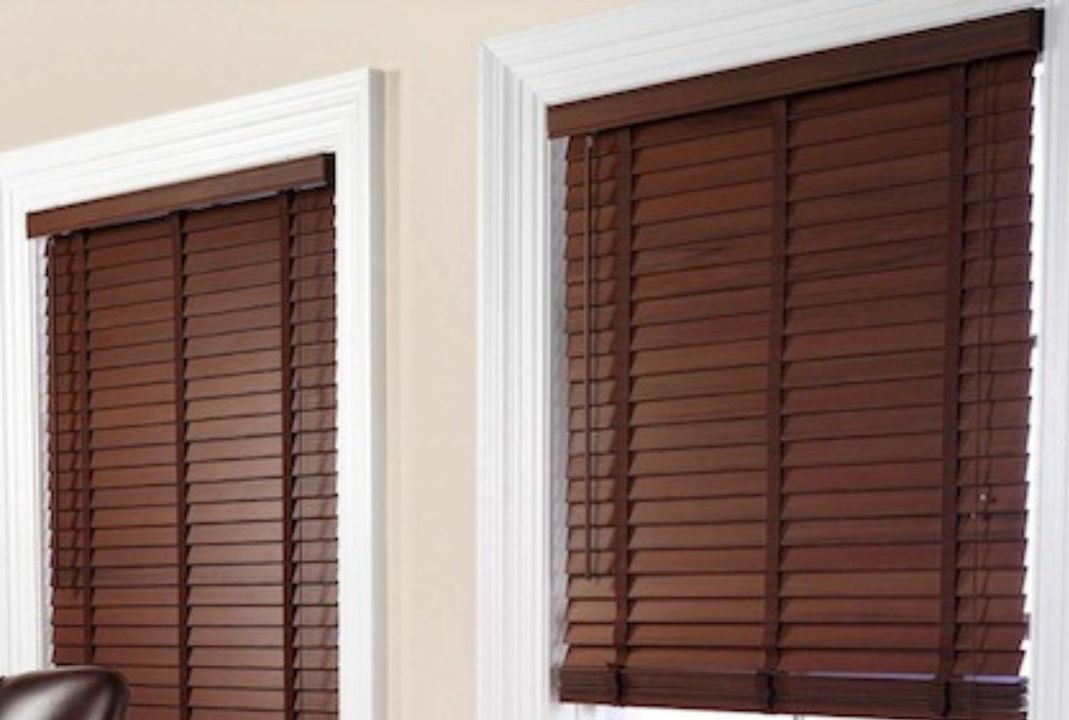
Long looped cords on blinds and shades used to be considered standard design. Over time, they became linked to tragic strangulation incidents involving young children. Updated rules in the United States now effectively push most traditional corded designs off the market in favor of cordless or inaccessible cord systems. Older sets still hang quietly in rentals, guest rooms, and basements. They work perfectly well for light control, yet they carry a risk modern safety standards treat as unacceptable.
Traditional Incandescent Light Bulbs
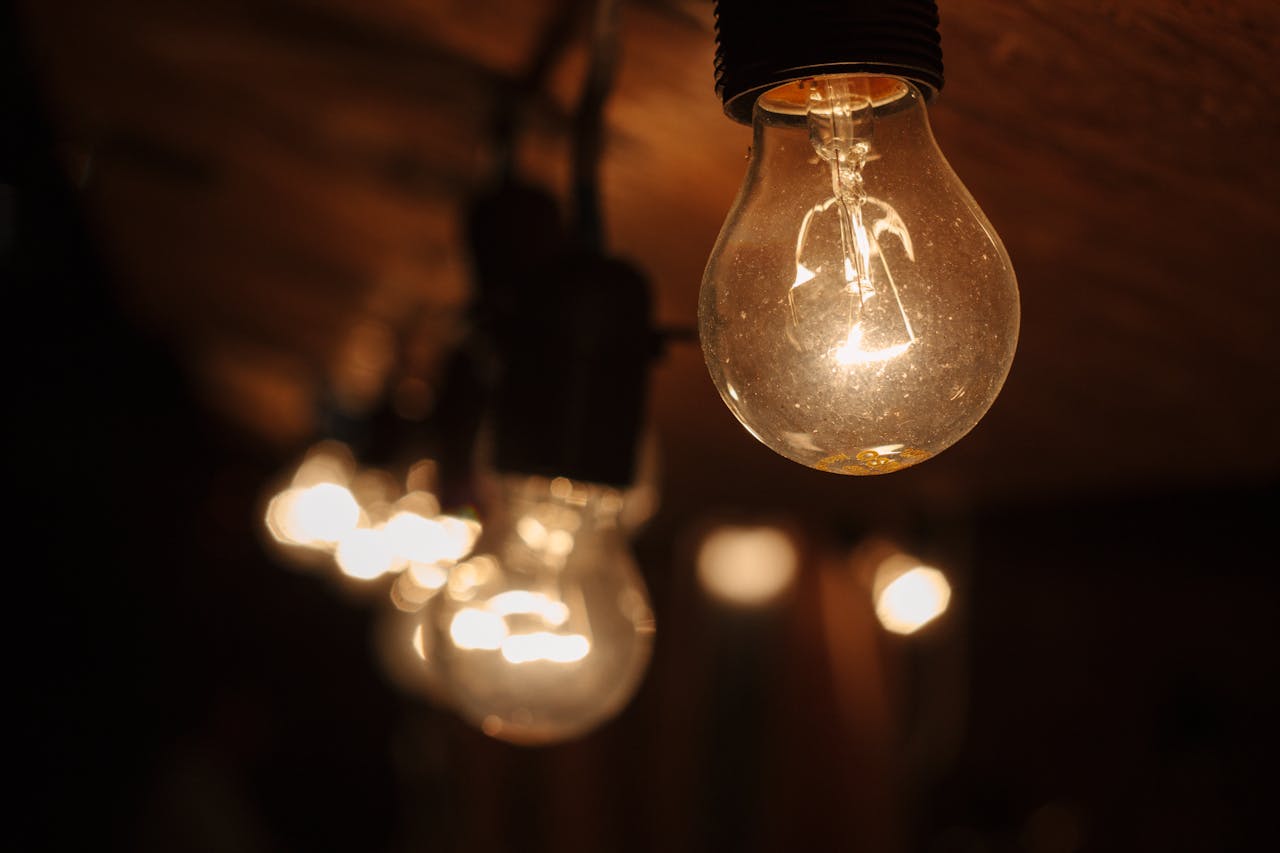
For generations, a lamp switch usually woke up a warm incandescent bulb that turned electricity straight into heat and light. Modern efficiency standards changed the equation. Most general service incandescents can no longer be manufactured or sold because they waste so much energy compared with compact fluorescents and LEDs. Hardware aisles have shifted to new technologies, while junk drawers and utility closets still hide sleeves of old bulbs bought on sale. They can be used until they fail, but there will be no fresh stock behind them.
Padded Crib Bumpers
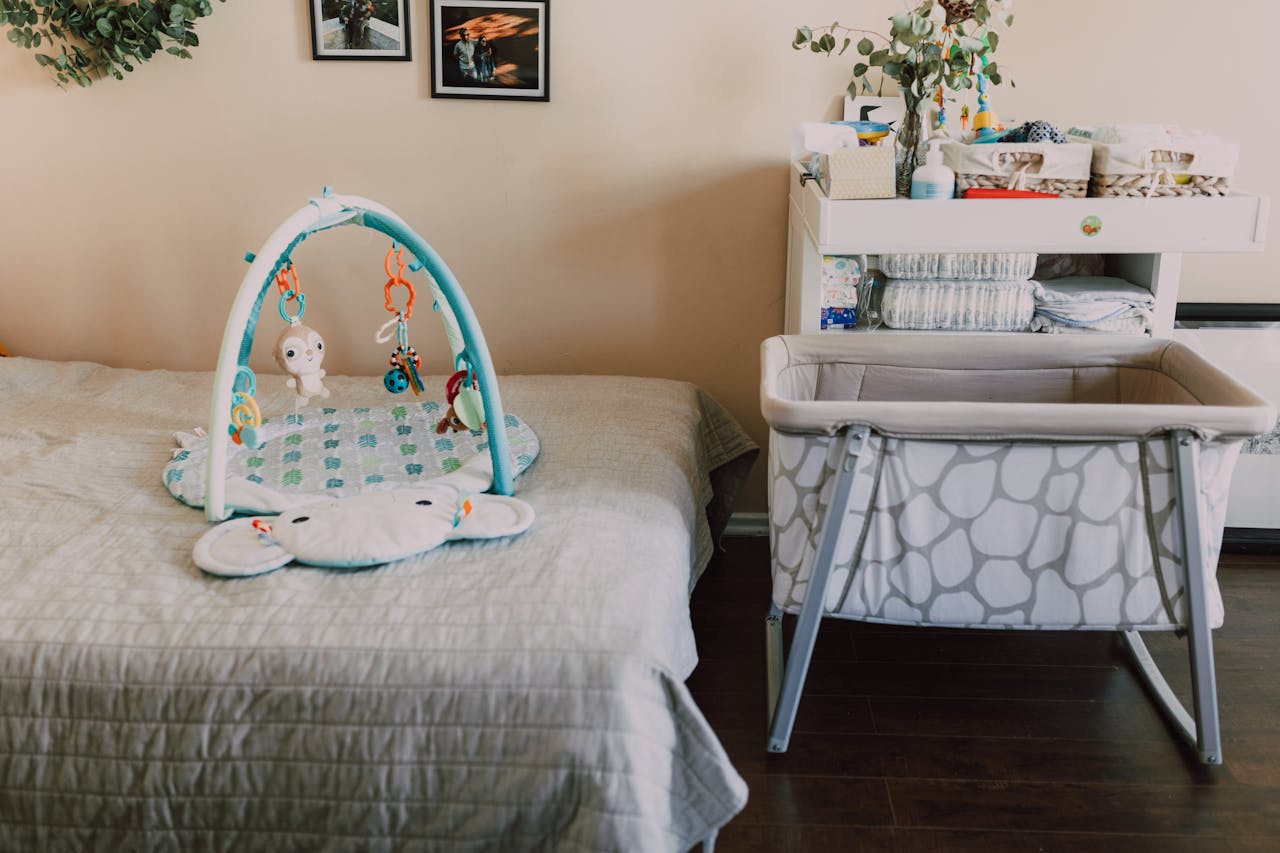
Padded crib bumpers once appeared in nearly every nursery catalog, sold as a soft guard against bumps and stuck limbs. Over years of investigation, pediatric groups and regulators connected them to suffocation and entrapment risks. Federal law now treats most padded crib bumpers as banned hazardous products, regardless of how pretty the pattern looks. Many families packed them into storage tubs with other baby gear, not realizing guidance has shifted from optional accessory to do not use under any circumstances.
Drop Side Baby Cribs
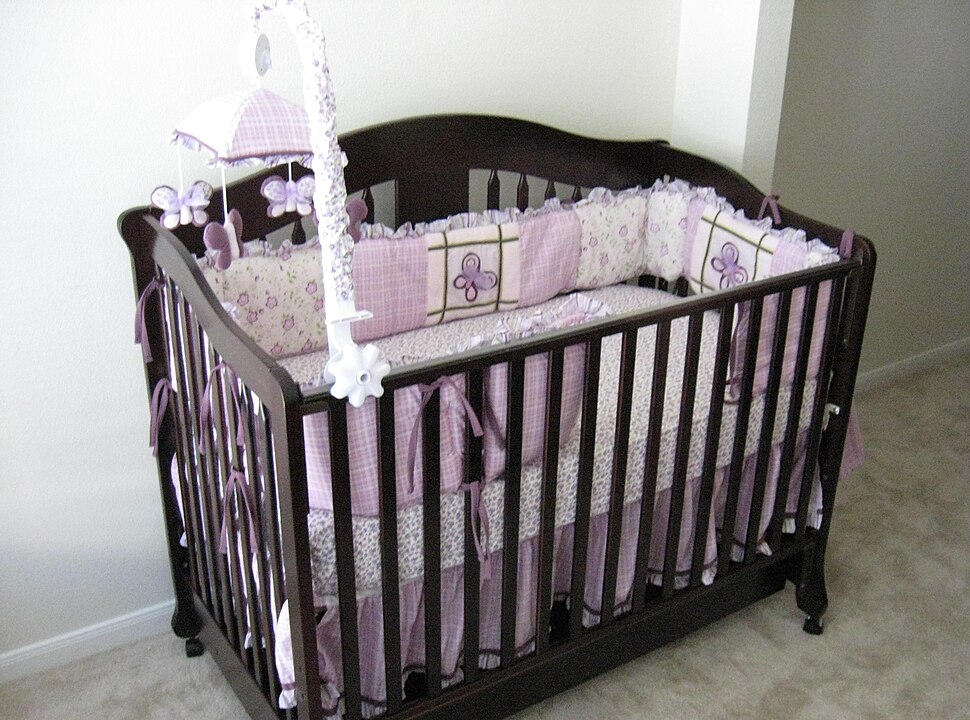
Drop side cribs were marketed as a helpful way to reach a sleeping baby without straining a back. The sliding hardware, however, could loosen, break, or be assembled incorrectly, leaving dangerous gaps. After multiple deaths and millions of recalled units, national standards now prohibit the manufacture and sale of drop side cribs. Some of these frames still rest in attics or appear in secondhand listings, passed along with good intentions. The design that once promised convenience is now a clear red flag for safety inspectors.
Metal Tipped Lawn Darts
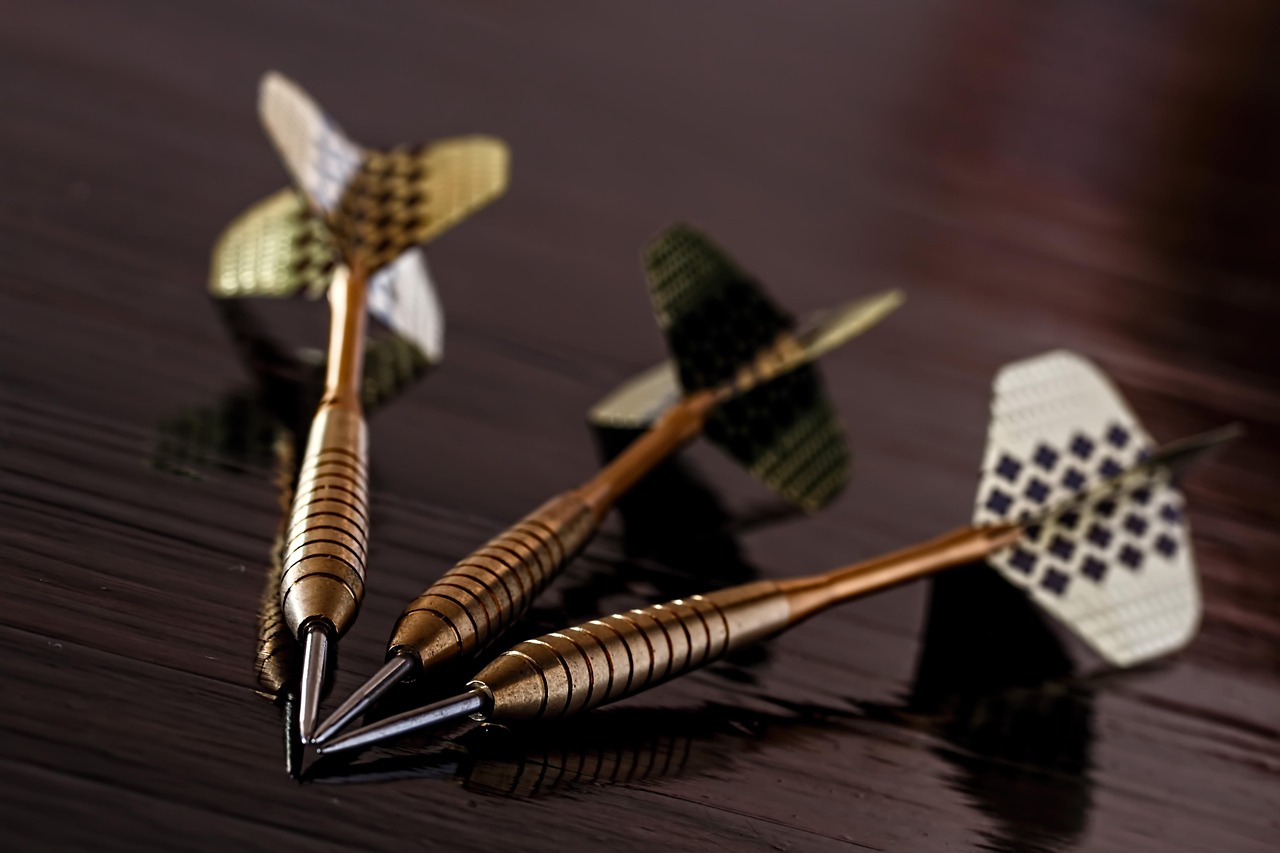
Vintage lawn dart sets look like charming backyard nostalgia when discovered in garage corners. The reality is more blunt. Heavy metal tips and flight paths aimed high in the air created a game that could easily pierce skull or bone. After a string of severe injuries and child deaths, lawn darts were driven off the retail market in the late twentieth century. Today, surviving sets are treated less as toys and more as sharp projectiles that never belonged near family gatherings in the first place.
High Powered Magnet Desk Toys
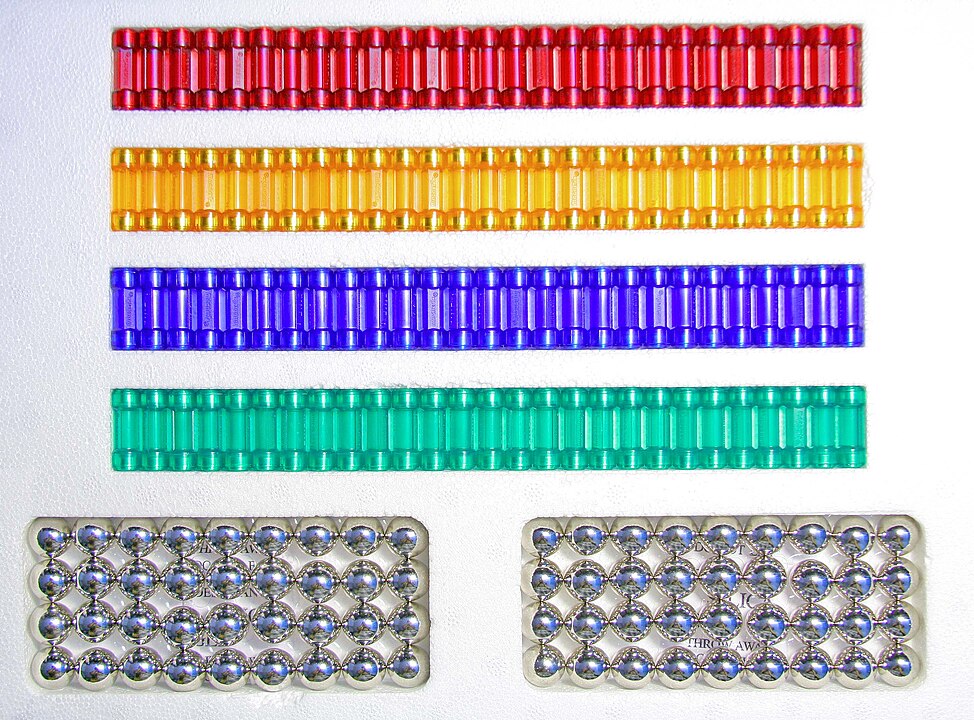
Glossy magnetic spheres and cubes were once popular on office desks and coffee tables as fidget toys and building sets. The danger appears when more than one piece is swallowed. Inside the body, strong magnets can snap together across loops of intestine and cut off blood flow. Modern safety rules tightly limit size and strength for sets sold today, and many earlier products were recalled. Yet old tins still live in drawers and cupboards, long separated from warning labels and original packaging.
Unvented Gas Space Heaters

Portable gas heaters that vent directly into the room promised quick comfort in chilly spaces, from workshops to spare rooms. Some states and cities now restrict or ban certain unvented models because of carbon monoxide buildup and indoor air quality worries. Safer vented systems and electric heaters have taken over most retail space. Still, older units sit in sheds and basements, waiting for a cold snap. They can feel like clever backups, even as current codes treat them as outdated risks.
High Phosphate Cleaners And Detergents

Powerful laundry and dish products once relied heavily on phosphates to lift soil and soften water. Once those compounds reached rivers and lakes, they fed aggressive algae blooms that starved aquatic life of oxygen. A patchwork of state and federal rules has pushed most high phosphate formulas out of the consumer market, forcing companies to reformulate. Bottles from bulk buys or forgotten pantry corners sometimes hold chemistry that would not qualify for sale under current environmental rules.
Aerosol Cans With Legacy Propellants
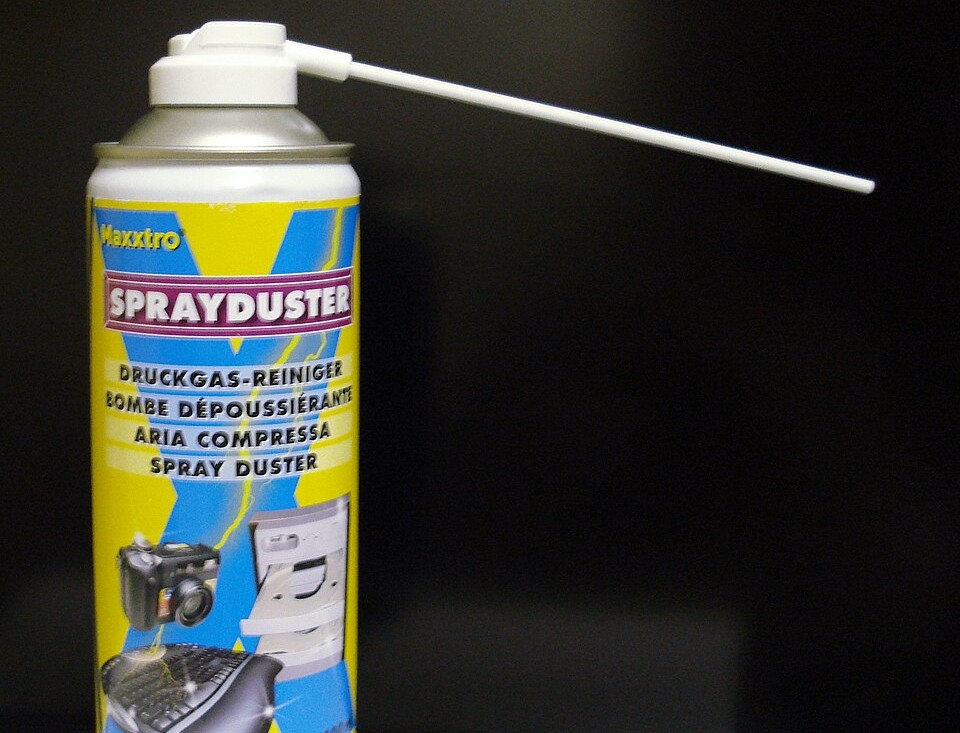
Aerosol cans still line shelves under sinks and in garages, but what propels modern sprays is not what filled earlier generations. Older cans often used propellants that harmed the ozone layer, which led to international agreements and national bans. Newer products rely on different gases and tighter standards. Vintage hairsprays, cleaners, or lubricants may linger as curiosities. Each one is a little metal time capsule from a period when the sky itself absorbed the cost of household convenience.


